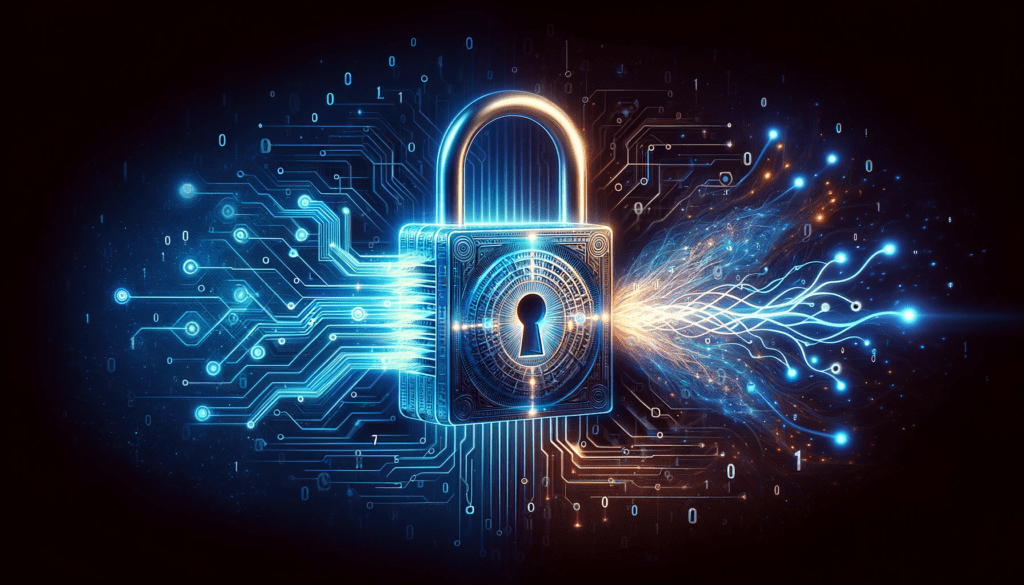The rapid advancements in quantum computing hold immense potential to revolutionise industries but also pose significant risks to current cryptographic systems. Post-quantum cryptography (PQC) emerges as a proactive solution to ensure the security of digital communications in a world where quantum computers could render traditional encryption obsolete.
What is Post-Quantum Cryptography?
Post-quantum cryptography refers to cryptographic algorithms designed to be resistant to attacks from quantum computers. Unlike classical computers, quantum systems use quantum bits (qubits) to perform computations, allowing them to solve certain mathematical problems exponentially faster. This capability poses a threat to widely used encryption methods like RSA, ECC, and DSA.
PQC algorithms are based on mathematical problems that are believed to be hard for both classical and quantum computers to solve, ensuring long-term security for digital systems.
Why is Post-Quantum Cryptography Important?
Quantum computers, when fully developed, could break the cryptographic foundations of modern internet security. This would compromise:
- Secure Communications: Emails, financial transactions, and other encrypted communications could be decrypted.
- Critical Infrastructure: Power grids, healthcare systems, and transportation networks relying on encrypted systems could be at risk.
- Data Integrity: Digital signatures and certificates, vital for verifying identities and ensuring data authenticity, could be falsified.
Adopting post-quantum cryptography ensures the continued protection of sensitive information and systems.
Key Principles of Post-Quantum Cryptography
Post-quantum cryptographic systems are designed around problems that are resistant to quantum algorithms like Shor’s algorithm and Grover’s algorithm. The main approaches include:
- Lattice-Based Cryptography: Utilises complex mathematical structures called lattices, making it difficult for quantum computers to solve.
- Hash-Based Cryptography: Employs secure hash functions for constructing digital signatures.
- Code-Based Cryptography: Relies on error-correcting codes that are hard to decode without specific information.
- Multivariate Quadratic Equations: Involves solving systems of polynomial equations, a problem resistant to quantum attacks.
Current Developments in Post-Quantum Cryptography
The U.S. National Institute of Standards and Technology (NIST) is spearheading efforts to standardise post-quantum cryptographic algorithms. In 2022, NIST announced several finalists and candidates for its Post-Quantum Cryptography Standardisation Project, paving the way for global adoption.
Major tech companies, including Google and IBM, are also investing in integrating post-quantum encryption into their systems to prepare for the quantum era.
Challenges in Implementing Post-Quantum Cryptography
While post-quantum cryptography is crucial, its implementation comes with challenges:
- Performance Impact: PQC algorithms can be computationally intensive, affecting system performance.
- Compatibility Issues: Existing systems may need significant modifications to adopt PQC algorithms.
- Uncertainty: The exact timeline for quantum computers achieving “quantum supremacy” is still unclear, making it challenging to prioritise PQC adoption.
Preparing for a Post-Quantum World
Organisations and governments can take proactive steps to ensure readiness for quantum threats:
- Inventory Sensitive Data: Identify and prioritise protecting data that must remain secure for decades.
- Adopt Hybrid Cryptography: Combine classical and post-quantum algorithms to maintain security during the transition.
- Invest in Research and Development: Support the development and standardisation of PQC algorithms.
- Educate Stakeholders: Raise awareness about quantum risks and the importance of post-quantum cryptography.
Conclusion
Post-quantum cryptography represents a critical evolution in securing the digital landscape against future quantum threats. By adopting these advanced cryptographic systems, we can ensure that our digital communications, sensitive data, and critical infrastructure remain protected in a quantum-driven future.
Stay informed about the latest in cybersecurity advancements at CyberSnowden.


